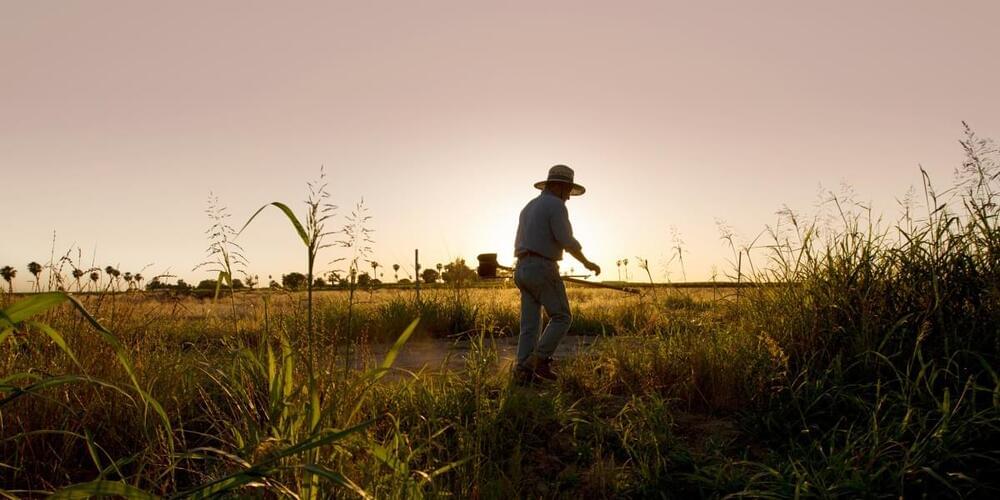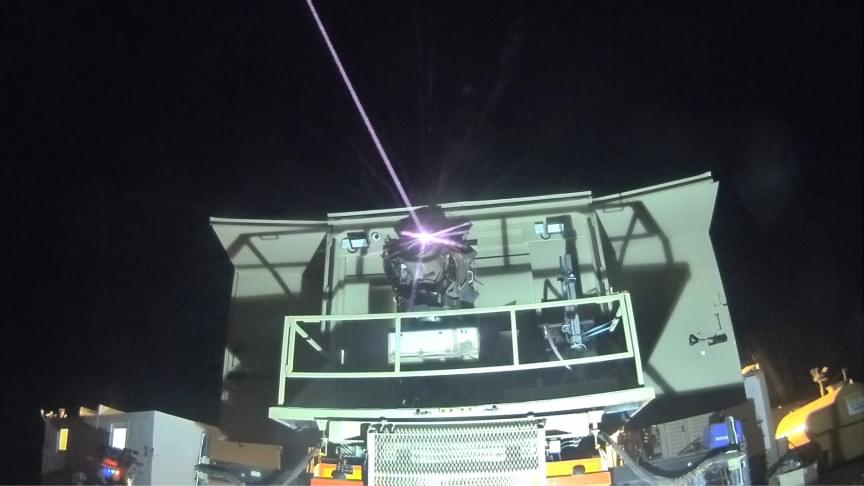A long-standing mystery about early cells has a solution—and it’s a rather magical one.








And so the Himalayan mountain range began to rise skyward. By around 15–17 million years ago, the summit of Everest had reached about 5,000m (16,404ft) and it continued to grow. The collision between the two continental plates is still happening today. India continues to creep north by 5cm (2in) a year, causing Everest to grow by about 4mm (0.16in) per year (although other parts of the Himalayas are rising at around 10mm per year [0.4in]).
But understanding how and why Everest’s height changes is more complex than just this. While plate tectonics push the summit higher into the sky, erosion claws away at it.
To understand this process better, scientists studied another mountain some 8,700km (5,405 miles) away from Mount Everest, in Alaska.
Commercial storage: Many customers want as many functions and high performance as possible, but want to pay as little as possible. Franz-Josef Feilmeier, CEO of Fenecon, explains how this fits together.
